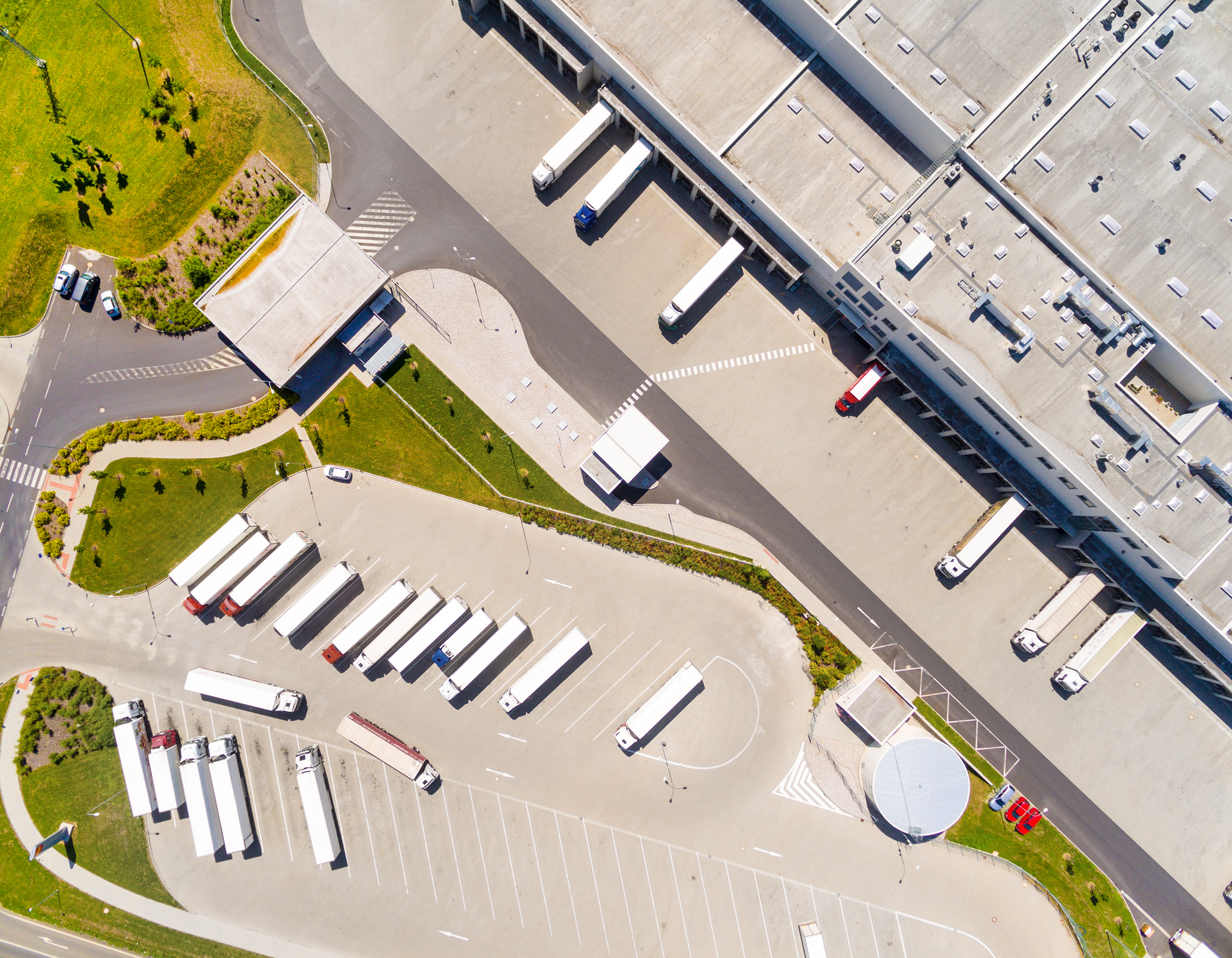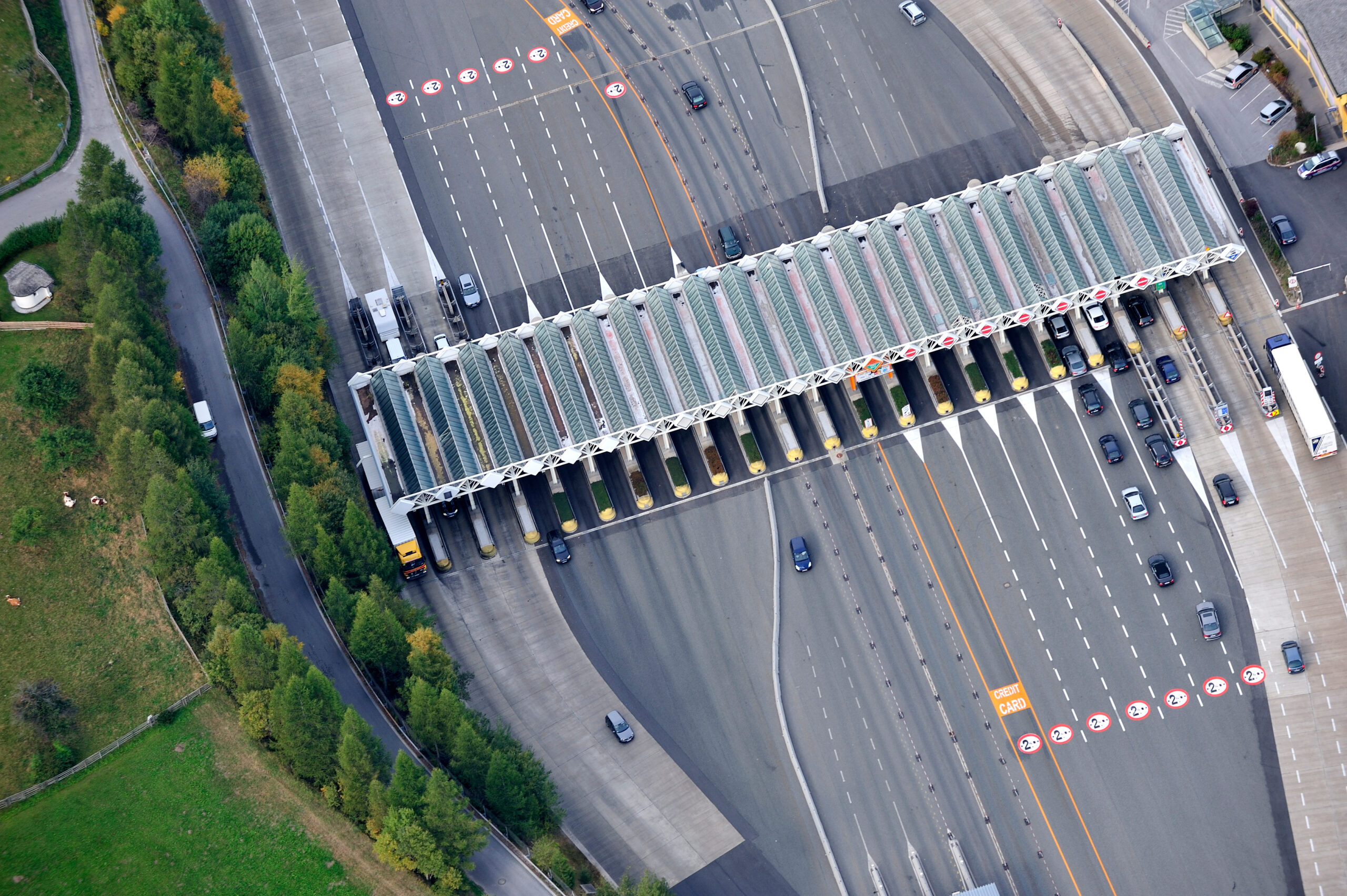Telecommunications infrastructure has rapidly developed in recent decades, making it essential to many fields. The ability to communicate instantly over great distances is becoming increasingly important in modern manufacturing. Here, a field called telematics emerges as the next significant technical advance in communication and data transmission, particularly for transportation tracking and management in real time. In this article, we discuss the details of telematics, exploring its definition, applications, and benefits, especially in the transport sector.
Definition of telematics
Telematics, meaning a synergy between telecommunications and informatics, is designed for transmitting key information over long distances, focusing mainly on vehicles. It utilizes specialized devices to collect data, such as location and driver behavior, through sensors and onboard diagnostics.
Telematics devices collect data from sensors and the vehicle’s onboard diagnostics port. This data is sent to a central server via cellular networks. Advanced software transforms this data into usable insights. Real-time insights into fuel use, driver efficiency, scheduled maintenance, and regulatory compliance are essential for fleet management. Immediately exchanging data solidifies telematics’ role in decision-making and emergency reactions, making it indispensable in fleet management and logistics and setting new benchmarks in transportation efficiency, safety, and intelligence.
Applications of telematics
Telematics is integral in sectors like transport and telecommunications, significantly reshaping operational methodologies. In transport, it’s central to fleet management, optimizing logistics through real-time data on vehicle location, condition, and driver behavior. This continuous monitoring ensures timely deliveries, efficient route planning, and preventive maintenance, directly enhancing road safety and reducing operational costs.
In telecommunications, telematics reinforces the robust transmission of data across vast networks, which is crucial for accuracy and speed in our data-centric world. It underpins the infrastructure for emergency services, IoT devices, and emerging innovative city technologies, demanding consistent, real-time data exchanges. By strengthening communication networks, telematics facilitates uninterrupted information flow across various platforms, which is essential in today’s interconnected society.
Telematics in the transport sector
Telematics has become a cornerstone in the transport sector, with its applications permeating various modes of transport, including trucks, buses, ships, and even smaller vehicles. It revolutionizes operations by enabling precise vehicle tracking, route optimization, and timely deliveries, significantly boosting logistical efficiency. Furthermore, it’s instrumental in promoting road safety through continuous driver behavior monitoring and vehicle health checks, leading to convenient maintenance and reduced accidents.
Linqo stands out with advanced GPS tracking solutions, transcending standard offerings to boost fleet performance. Its system provides real-time tracking and detailed vehicle data, empowering businesses with actionable insights for prompt, informed decision-making. Linqo’s TrustTrack platform offers reliability and advanced functionality, including maintenance planning, real-time notifications, and comprehensive reporting, all on an intuitive dashboard.
Benefits of using telematics in transportation
Telematics solutions has revolutionized fleet management, offering numerous benefits that enhance efficiency and safety in the transportation sector:
- Fuel efficiency. Telematics optimizes route planning, avoiding traffic congestion and unnecessary detours, directly resulting in substantial fuel savings. This efficiency not only cuts costs but also reduces the environmental impact through lower emissions.
- Safer driving. By continuously monitoring driver behavior, including speeding, harsh braking, and sudden cornering, telematics identifies and helps correct risky driving habits. This constant oversight ensures adherence to safe driving standards, decreasing road mishaps and improving fleet safety.
- Real-time vehicle tracking. Telematics provides the precise location of each vehicle in real-time, enabling fleet managers to handle irregularities promptly and manage fleet deployment efficiently, a critical feature in emergencies.
- Maintenance alerts. With telematics, fleet managers receive timely alerts about vehicle health, allowing for preemptive maintenance and avoiding major breakdowns. This regular upkeep ensures consistent operation and service delivery.
- Enhanced customer service. Telematics ensures accurate delivery timelines through efficient route planning and real-time tracking, boosting customer trust and satisfaction by providing reliable and transparent services.
- Data-driven decisions. Telematics generates valuable data on fleet operations, from fuel usage to vehicle health. This information empowers managers to make informed decisions by optimizing operations and enhancing service quality, which is crucial for business growth and profitability.
When it comes to transportation and communication, telematics is more than just a technological advancement. It changes the game. Linqo is one of the companies in this field, using advanced telematics solutions to improve operational efficiency and passenger security. Due to its extensive benefits, telematics has become an integral part of the ever-evolving evolution of global connection and logistics management.











